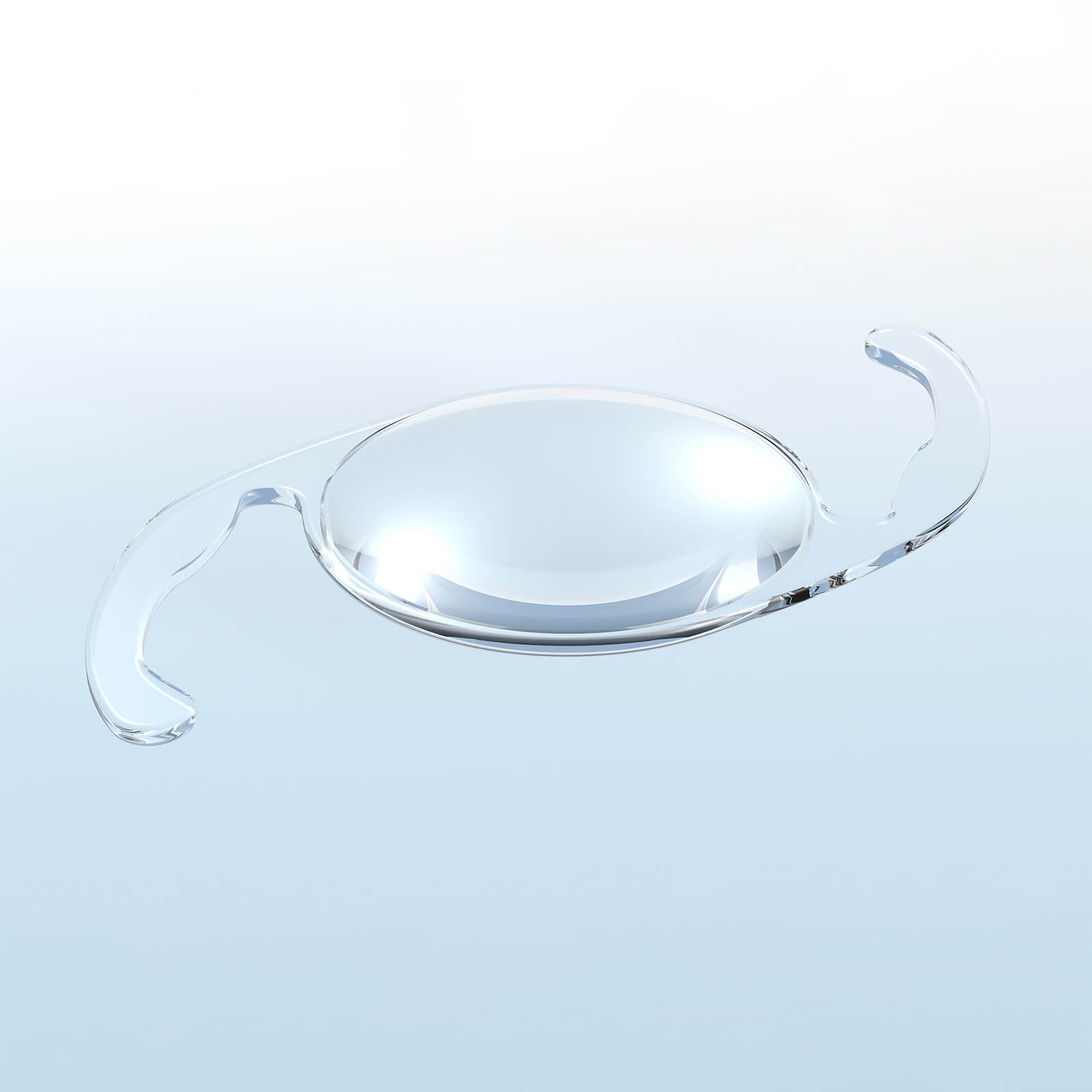Pay My Bill

Patient Portal

Schedule Appointment

Contact Us
Cataracts are a very common vision condition and a normal part of the aging process. As we age, proteins begin to clump together inside the eye’s natural lens, causing it to become cloudy and discolored. This causes light rays to scatter inside the eye instead of focusing directly on the retina – creating hazy, blurred vision and faded, dull colors. Typically, surgery is required to treat cataracts.

If you have been diagnosed with cataracts and they are starting to interfere with your daily activities it may be time for surgery.
Every year, over 3 million Americans (and 18 million people worldwide) have cataract surgery. Thanks to today’s innovative technology , cataract surgery is a remarkably common, safe, and effective outpatient procedure and can produce excellent results – even freeing you from glasses for most tasks if you choose. During surgery your doctor will remove your cloudy natural lens and will implant a new, clear lens. There are several different options for lenses and your doctor will help walk you through your choices.
Choosing to have cataract surgery is an important decision. But equally important is talking with your doctor and deciding which type of intraocular lens (IOL) is the best choice to correct your own unique visual condition(s), including cataracts, presbyopia, and astigmatism.
IOLs are very small, highly advanced medical devices designed to mimic the function of your eye’s natural lens.
No single OL is right for everyone. Your doctor will be happy to discuss in detail, the specific advantages and disadvantages of each lens type, and help you decide which IOL is best suited to providing you with a lifetime of better vision.
With traditional intraocular lenses (IOLs), your physician performs measurements before your surgery in order to select the best IOL to try to achieve your vision goals. Once your surgery is complete and the IOL has been implanted, your physician has limited options to adjust the lens power.
With the RxSight™ Light Adjustable Lens, you and your doctor can now customize your vision after your eye has healed from cataract surgery. This is because the Light Adjustable Lens is made of a special photosensitive material that changes the shape and power of your implanted lens in response to ultraviolet (UV) light. You and your physician will have the unique ability to adjust and preview your vision until it meets your personal desires and lifestyle requirements.
The cataract removal and IOL implantation procedure is the same as if you selected a non-adjustable IOL. Then, in the weeks that follow, your physician will customize your vision through a series of non-invasive light treatments. Once your vision is adjusted, a final light treatment is used to lock in the results.
The Light Adjustable Lens delivers superior vision outcomes that non-adjustable IOLs cannot match. In a clinical study, the majority of patients who received the Light Adjustable Lens achieved 20/20 or better vision at 6 months without glasses.

Choosing to have cataract surgery is an important decision. But equally important is talking with your doctor and deciding which type of intraocular lens (IOL) is the best choice to correct your own unique visual condition(s), including cataracts, presbyopia, and astigmatism.
IOLs are very small, highly advanced medical devices designed to mimic the function of your eye’s natural lens.
No single IOL is right for everyone. Your doctor will be happy to discuss, in detail, the specific advantages and disadvantages of each lens type, and help you decide which IOL is best suited to providing you with a lifetime of better vision.
* Please do not include personal identifying information such as your birth date, or personal medical information in any emails you send to us.
If you are having an URGENT or medical eye issue, please call our office 479-442-2020.
No one can diagnose your condition from email or other written communications, and communication via our website cannot replace the relationship you have with a physician or another healthcare practitioner.